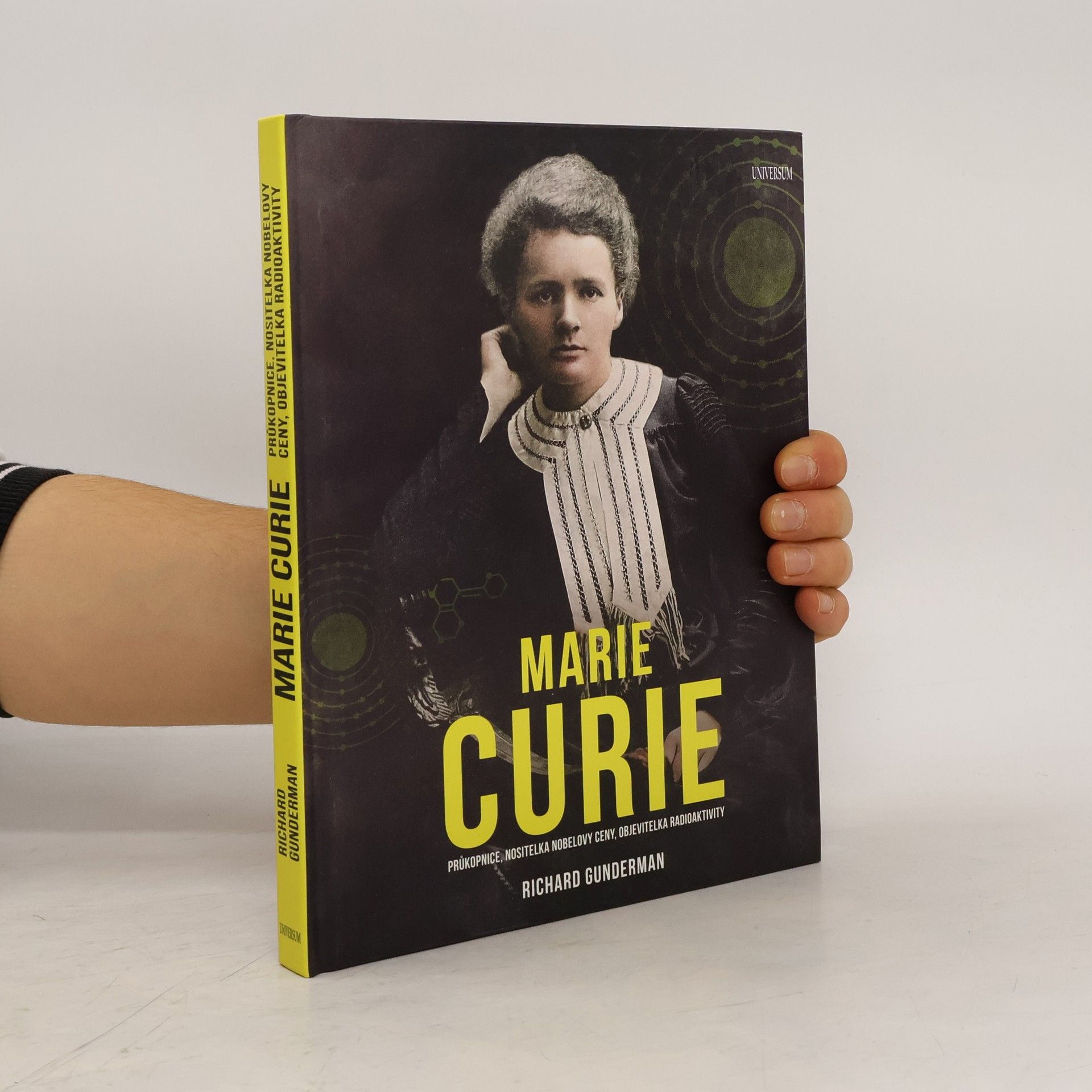Marie Curie byla první ženou, která obdržela Nobelovu cenu, a jedinou ženou, která tuto poctu získala dvakrát, a současně jediným člověkem, jenž ji obdržel ve dvou různých vědeckých oborech. Tato biografie v plném světle odhaluje lidské i vědecké aspekty jejího života. Popisuje její bouřlivý osobní příběh v době sociálních zvratů a zápas o uznání v časech, kdy byly ženy-vědkyně téměř neznámým pojmem. Marie Curie zemřela v roce 1934, když podlehla aplastické anémii, která se zřejmě rozvinula v souvislosti s jejím vědeckým bádáním. Její práce nejen že přispěla k našemu pochopení struktury atomu, a tím také k samotné fyzikální podstatě světa, ale také položila základy moderních medicínských inovací, jako například radioterapie. Marie Curie nepřestává inspirovat miliony lidí celého světa.
Richard B. Gunderman Knihy





Tesla
- 160 stránek
- 6 hodin čtení
Nikola Tesla patří mezi nejslavnější fyziky všech dob. V knize je shrnut jeho život, ale i ukázky z jeho soukromých deníků a poznámek. Publikace obsahuje fotografie ze soukromého rodinného archivu.
Contagion
- 160 stránek
- 6 hodin čtení
As the outbreak of a new and deadly form of coronavirus dominates headlines and triggers fear and global recession, now is a good time to reflect on the history and science of transmissible diseases. Behind every disease is a story, from the natural history of the disease and its course in the individual, to the tale of the disease's description, discovery and treatment. From the impact of tuberculosis on English dynastic history to the makeup of our DNA; from the deadliest plagues of the ancient world to twenty-first century pandemics; and from the ravages of the Black Death to the discovery of antibodies, transmissible diseases have an incredible variety of tales to tell. Contagion explores some of the most notorious, grisly, and pernicious communicable diseases in history, revealing their hidden stories. In addition to discussing their symptoms, causes, prevention, and treatment, Richard Gunderman also discusses their impact on notable figures in history, from soldiers to monarchs; the extraordinary contributions of the scientists and physicians who battled them; as well as their impacts on world history and human evolution. Here are the exploits of Edward Jenner, who invented the first vaccine; John Snow, the first person to study disease scientifically; Louis Pasteur, who established the germ theory of infection, along with a myriad other remarkable stories in the never ending struggle between humanity and disease. The narrative is brought right up to date with the desperate battle to stem the COVID-19 pandemic and discover a vaccine. Renowned medical expert Dr Richard Gunderman shows how disease has shaped the evolution of our species and, if we don't take the proper steps, may yet threaten our very existence on this planet
Marie Curie
La scientifique d'exception, la première femme Prix Nobel et la découverte de la radioactivité
- 159 stránek
- 6 hodin čtení
Une biographie, richement illustrée, sur l'histoire et le parcours hors du commun de Marie Curie, la plus grande femme de science de tous les temps. Marie Curie est la première femme à avoir reçu un prix Nobel, la seule femme à en avoirreçu deux et, à ce jour, la seule personne à avoir été récompensée dans deux domainesscientifiques distincts.Marie Curie voit le jour à Varsovie en 1867 dans une famille instruite, son père est professeur de mathématiques et sa mère institutrice. Excellente élève, elle souhaite poursuivre des études universitaires ce qui était impossible pour les femmes en Pologne à cette époque. Elle part alors étudier à Paris où elle rencontre le physicien Pierre Curie avec lequel elle se marie. Ils travaillent sur le phénomène radioactif et découvrent le radium et le polonium, ce qui sera à l'origine de leurprix Nobel, en 1903.Cette biographie, richement illustrée, raconte l'histoire et le parcours hors du commun (sesétudes, ses amours, son travail acharné...) de la plus grande femme de science de tous lestemps, dont l'exemple continue à inspirer des millions de personnes dans le monde.